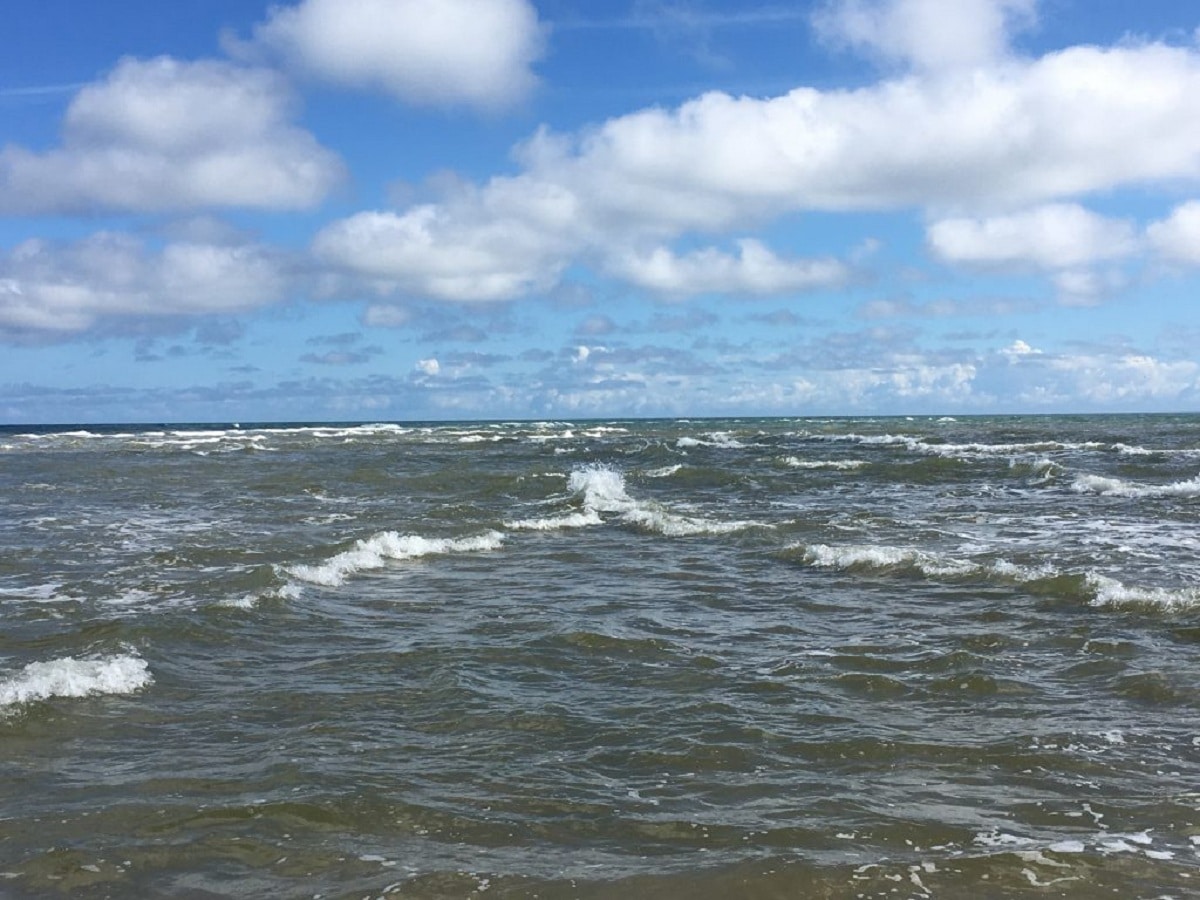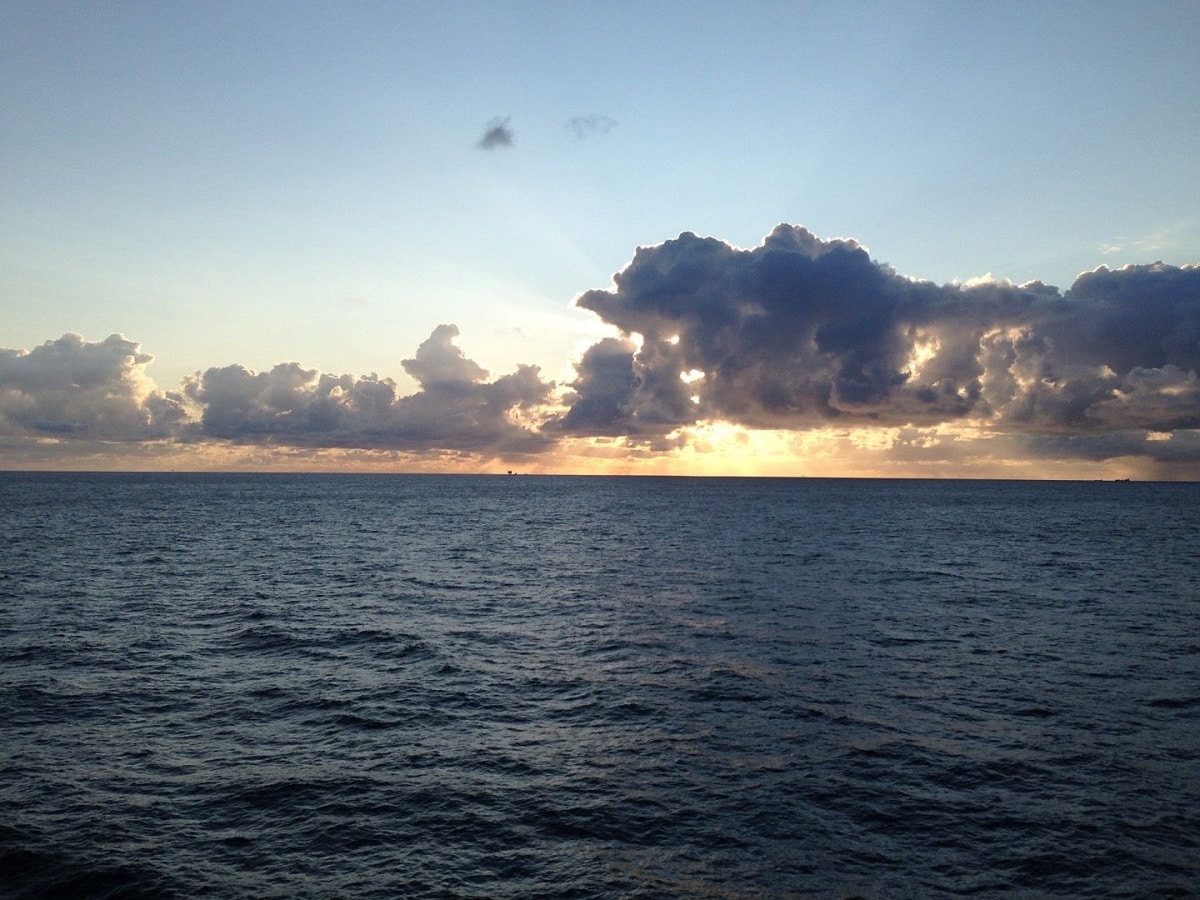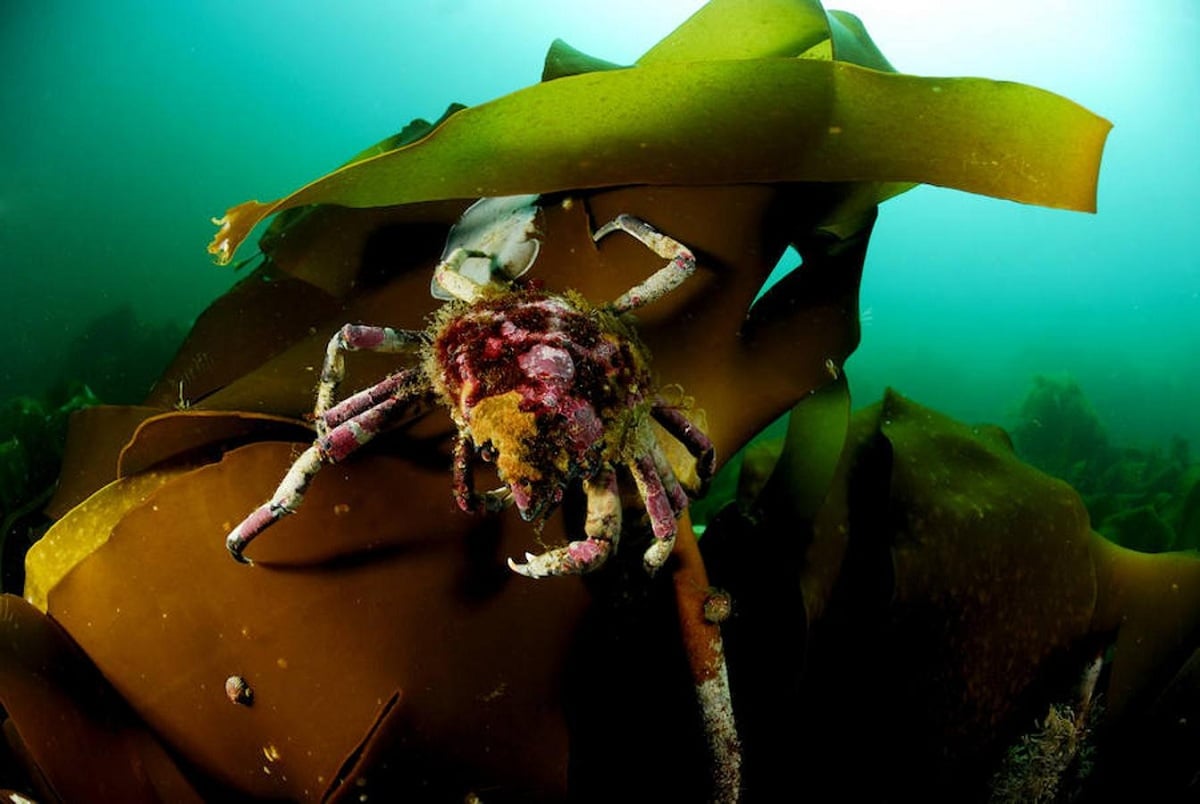
One of the youngest known seas is the North Sea. It is a body of salty water considered a marginal sea within the Atlantic Ocean. It is located to the west of the European continent between the United Kingdom, Germany, France, Belgium, the Netherlands, Denmark, Sweden and Norway, it has a rectangular shape that covers an approximate area of 570,000 km2 and a volume of 54,000-94,000 km3.
In this article we are going to tell you about all the characteristics, formation, biodiversity and threats of the North Sea.
Key features
It is a marginal sea of the Atlantic Ocean whose total length It is estimated at about 960 kilometers and its widest part is 580 kilometers. It is a sea that connects with the rest of the Atlantic Ocean through the Pas de Calais and the English Channel, and with the Baltic through the Skagerrak Strait and the subsequent Kattegat Strait. In this sea there are a large number of islands such as the Frisian Islands, Farne, other small islands and islets near the coast.
The rivers that mainly feed this sea are the Rhine, the Gloma, the Elbe, the Weser, the Drammen, the Ätran, the Thames, the Trent and the Ems. Being a fairly young sea of age it is shallow. In the northern part it is a bit deeper but only reaches some areas with a depth of 90 meters. The maximum estimated depth is 700 meters and the northern part is located in the Norwegian region. They are waters or very low temperatures that sometimes freeze. Sometimes ice floes are seen floating on the surface.
The most normal thing is that during winter the waters of the North Sea surface reach 6 degrees on average, while in summer the temperature rises to 17 degrees. The highest salinity flow comes from the Atlantic and the lowest temperature and lowest salinity water comes from the Baltic. As is to be expected, the least salty areas of this sea are those located in the areas near the mouths of the rivers.
The coasts of the North Sea are different depending on the region where we are. Especially in the northern part and along the coast of Norway fjords, cliffs, pebble beaches, valleys and beaches with sand dunes are common. All these ecosystems are typical of the Norwegian coasts. However, in the eastern and western areas others with regular relief and some steep areas contrast.
Formation of the north sea

As we mentioned before, it is one of the youngest seas in the world. It is only about 3.000 years old in the coastal area. It began to grow from the separation of the super continent Pangea since this separation was opening large masses of land that was fed with the mouths of the rivers mentioned above. Early in the Cenozoic era, the supercontinent separated out and the Atlantic had already formed.
It can be said that this sea has been formed in parts by some changes that have occurred at the geological level. During the period Triassic y Jurassic a large number of houses and faults were formed that left the entire region where today the highest areas are in full formation. This makes some areas have more water. During this time of formation the earth's crust had risen and the British Isles had not formed.
Later during the Oligocene epoch, the center and the west of the European continent had already emerged the waters. Almost all the waters that separated the Tethys Ocean were emerged. Only about 2.6 million years ago, during the time of Pliocene the North Sea Basin was already south of the Dogger Bank, it was part of Europe and the Rhine emptied into its salty waters. Due to the different ice ages that occurred in time, ice sheets were forming and retreating during the Pleistocene.
Only 8.000 years ago the ice disappeared completely and the sea level began to rise. Due to the contribution of water from the rivers and the disappearance of the ice, the sea could begin to form completely. In addition, the rise in sea level caused the land bridge between Great Britain and France to be flooded and the English Channel and the evil of the North were connected.
Biodiversity of the North Sea

As expected, this sea is rich in biodiversity and is not only a residence for many animals, but also a visiting area for migratory animals. We find a large number of mammals such as the common seal, the hoof seal, the common porpoise, the ringed seal, the right whale and many other species of mammals. As for the fish, we have more than 230 different species among which we find cod, flatfish, dogfish, pout and herring. All this great variety of fish is favored by the large amount of nutrients provided by rivers and by the existence of plankton.
We also find a large number of suitable ecosystems that offer perfect habitats for the nesting and residence of some marine and migratory birds. These estuaries are perfect for harboring numerous species. Among the seabirds that take refuge in these estuaries we have loons, auks, puffins, terns and boreal fulmars. In ancient times the North Sea was much better known for its biodiversity than it is today. Over the centuries the biodiversity in this area has decreased significantly.
Threats

The human being is present in most of the threats of all the oceans and seas of the world. As you might expect, this case is no different. Following the discovery of the oil and natural gas reserves that exist under this sea floor, the North Sea has been the subject of intense commercial exploitation. All the countries around the North Sea have been increasingly exploiting fossil fuel resources and the coasts are enriched by the extraction of sand and gravel.
Due to these economic activities, marine biodiversity has been declining given the introduction of machinery into natural habitats and high rates of pollution and overfishing. Some species have disappeared, such as flamingos and the giant auk. This last species is extinct throughout the Earth.
I hope that with this information you can learn more about the North Sea and its characteristics.